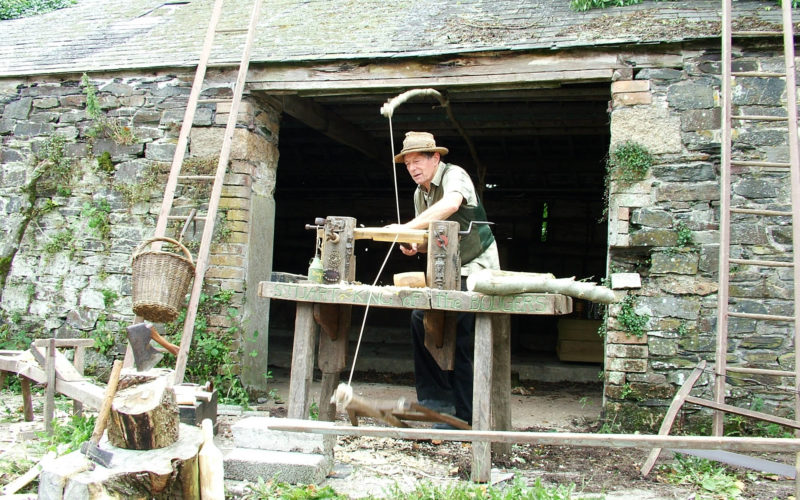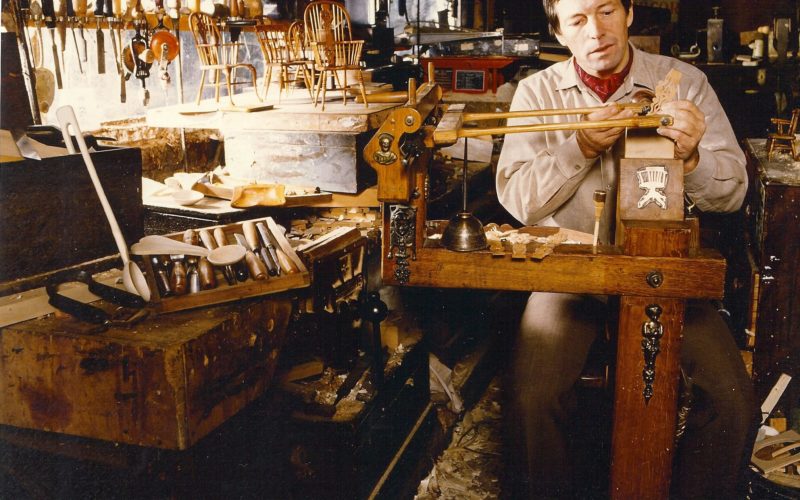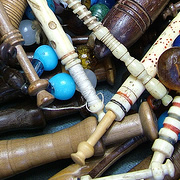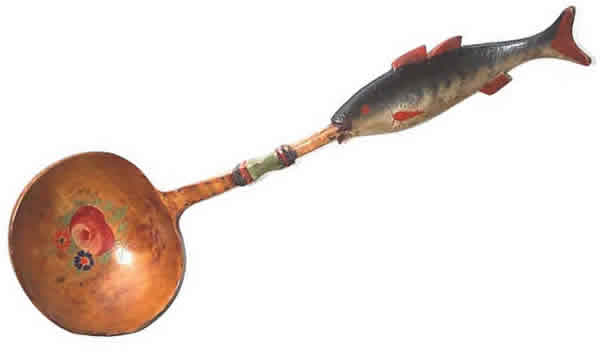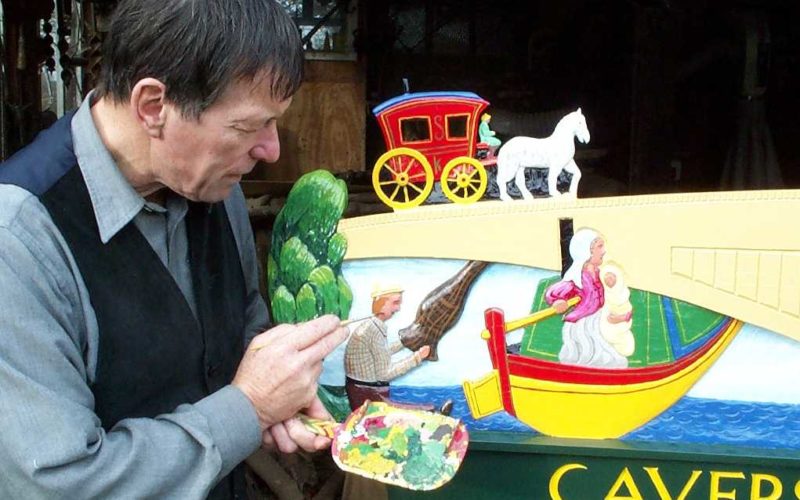The wheel is probably man’s most important technological discovery. A Sumarian pictogram dated 3500BC is the earliest reference for the wheel. By 2000BC man was making spoked wheels yet the earliest pictorial reference we have of a wheel driven lathe seems to be from the 15th century.
Article
History of the Lathe: part three – mechanical power
From classical times man has harnessed wind and water to work heavy machinery, to relieve him of hard physical labour and to speed up production. A Roman settlement C.200AD in southern France boasted sixteen water mills for grinding corn. It may be that this form of motive power was used to drive lathes also but […]
History of the Lathe: part four – the machine takes over
Man has always tried to find ways of making manual tasks easier and the businessman methods to reduce manpower, speed production and lower operating costs. A good illustration of this was the manufacture of rifle butts. Hand held firearms have existed since the Middle Ages and virtually all these weapons incorporated a hand fashioned wooden […]
Marquetry and Me
Stuart king used a marquetry cutter’s donkey to produce components for his range of miniature Windsor chairs
Raymond Harvey makes his (wooden) bed
“These are my most important tools”, said my host, looking at two home made knives, one ground from a worn-out hacksaw blade, and an old ‘Surform’ rasp. I was standing in Raymond Harvey’s makeshift back-garden workshop, which reflects his general approach to his work, being a structure consisting completely of recycled materials. There, standing majestic in the […]
Bone up on Bobbins : the craft of lace bobbin making
Most lace designs required the use of dozens of bobbins at any one time. This need kept many specialist bobbin turners busy through nearly five centuries.
Khokhloma ware: folk art for the masses
Few visitors return from Russia without a painted wooden souvenir reflecting the traditional Khokhloma folk art. Khokhloma ware has a very long tradition and can be traced back to both the monastic and peasant culture of the seventeenth century. The predominant materiel used in making these various decorated containers and tableware is Birch, Lime and Maple.
The International Turning Exchange
There is nothing parochial about the International Turning Exchange (ITE); this is born out by the number of residents who have participated from many parts of the globe over the last ten years. For me an indicator of the programme’s great success was the number of past residents who chose to return to Philadelphia to […]
The Caversham Village Sign: carved by Stuart King
In some parts of England there is a tradition of carved wooden signs depicting the unique qualities of the area and often erected on the village green. Usually created by a local craftsman, they instill a sense of identity and pride, and are rivaled only by the English pub sign for originality. They are part […]
